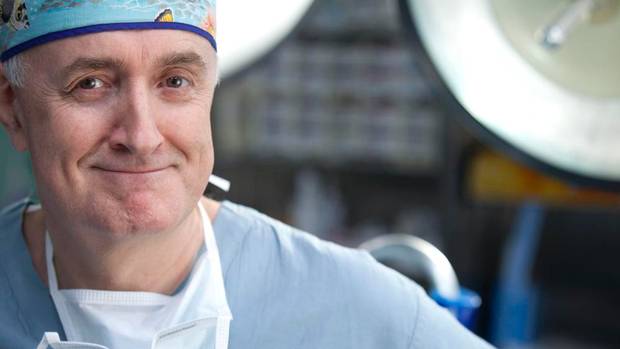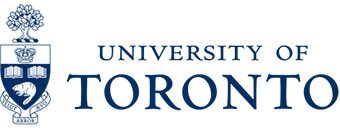John Semple, chief surgeon at Toronto’s Women’s College Hospital.
(stefanmorel.com/stefanmorel.com/Courtesy of Canadian Breast Cancer Foundation – Ontario Region)There are a few things we like to see on a doctor’s office wall. A medical degree is a good start, especially if it’s from a university that doesn’t have the words “mail-order correspondence” in its name. But what about an art school diploma? For physicians, especially those engaged in medical research, that might be a good idea.
“When people find out that I was in fine arts before going into medicine, they say, ‘Wow, that was a real change.’ But it was a straightforward progression from my point of view,” says John Semple. Today he’s the chief surgeon at Toronto’s Women’s College Hospital, where he specializes in post-cancer breast reconstruction. He’s also a professor in the University of Toronto’s Faculty of Medicine and the chair of surgical research at the Canadian Breast Cancer Foundation.
But it all started by studying painting and sculpture at what is now the Ontario College of Art and Design University from 1970 to 1973. He then completed a medical illustration BSc at the University of Toronto, then medical school at McMaster University. “A training in art is really a training in observation. It teaches you how to be aware and how to see. And that’s certainly something you can use extremely well in medicine.”
Although an artist’s manual dexterity – and a deep knowledge and respect for the medium, “whether it’s Florentine marble or living human tissue” – is certainly an asset to a surgeon, Dr. Semple believes the world of scientific research can benefit from an artistic education.
“The idea that creativity is part of everyday thinking is something I use all the time,” he says, “specifically in my capacity for dealing with abstract ideas.” As a senior scientist at Women’s College Research Institute, he just completed a mobile health pilot project that saw post-surgical patients use a smartphone app to file daily reports with their doctors, giving them improved recovery care without having to return to the hospital. His other research areas include clinical work in breast reconstruction and the effects of hypoxia on high altitude mountain climbers.
“I find a lot of people fear facing abstract notions, and will retreat to known components,” he says, “But a painter is trained to face a blank canvas, and deal with it head on. From a research point of view, that can mean looking at things in ways people haven’t looked at before. That might be in terms of microvascular blood flow, or different ways the body can heal or be encouraged to heal.”
Creativity, Dr. Semple believes, isn’t so much taught as it’s cultivated. He believes so strongly in the power of artistic training as an across-the-board driver for innovation and advancement that he recently joined the OCADU board of governors.
“When I was applying to medical school, I got a lot of blank stares from people who couldn’t figure out how being an artist could have any relevance to science. But I think it’s such a great background for scientists. It’s the way you think as an artist that’s so important.
“Creativity is really a critical element of how human beings advance in all our disciplines. Where medicine and science need help from art is in looking over the horizon, in looking at something in a completely different way. Thinking as an artist means connecting the dots that aren’t next to each other.”
© 2025 University of Toronto Division of Plastic, Reconstructive & Aesthetic Surgery


